Expérimentation South Pole Equipes gagnantes de Belgique et des États Unis
Belgique
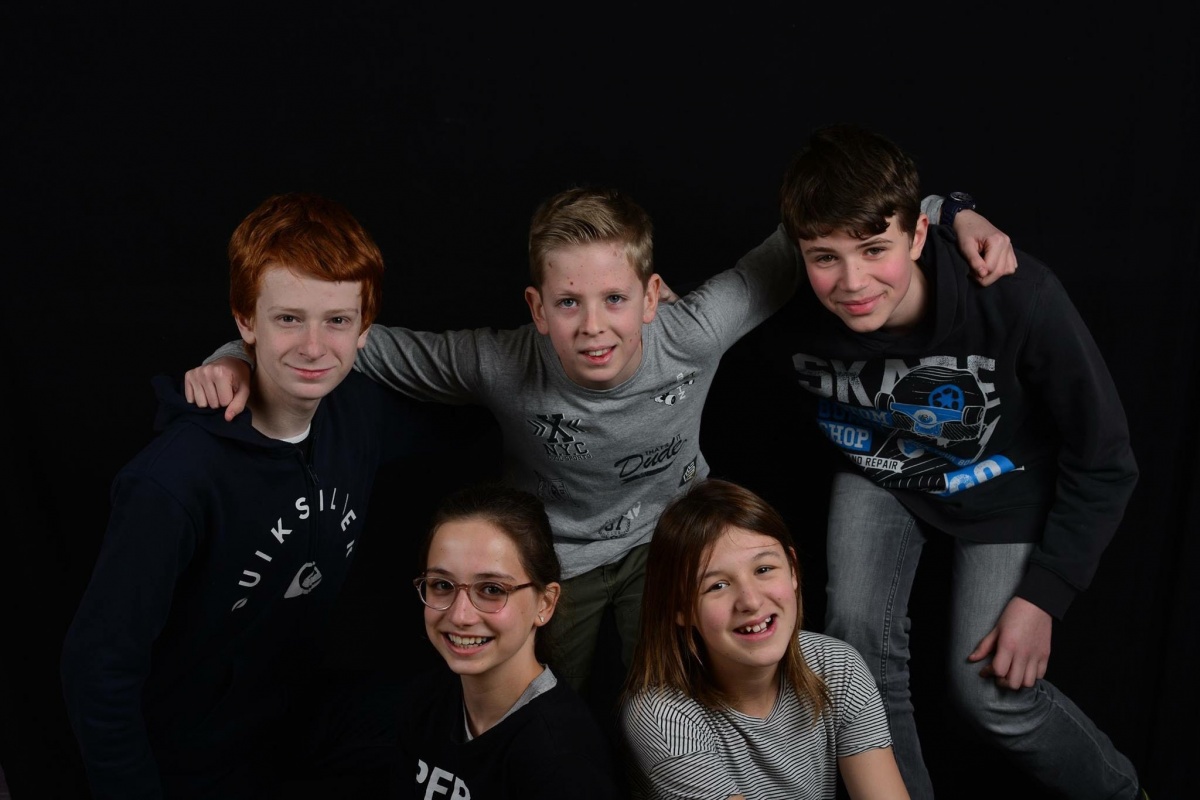 Équipe gagnante de South Pole Experiment de Prins Van Oranje (Diest, Belgique)
Équipe gagnante de South Pole Experiment de Prins Van Oranje (Diest, Belgique)
Mr. Ramaeker's class ran their winning experiment a few more times with everyday objects, such as, rulers, cards, utensils, and phones. The measuring devices used in Mr. Ramaeker's classroom may differ from the ones at the South Pole, but the results from both locations will lead to an interesting scientific discussion. Scales measure the force of an object, and only when they are calibrated correctly are they able to accurately measure the mass. It’s interesting to point out that the expected geographic difference in gravitational strength between Belgium and the South Pole would be less than 0.0001. The scales used for this experiment are accurate only to a tenth of a gram, so this difference will not be noticeable in the results. Stay tuned for more South Pole experimental results!



Etats-Unis
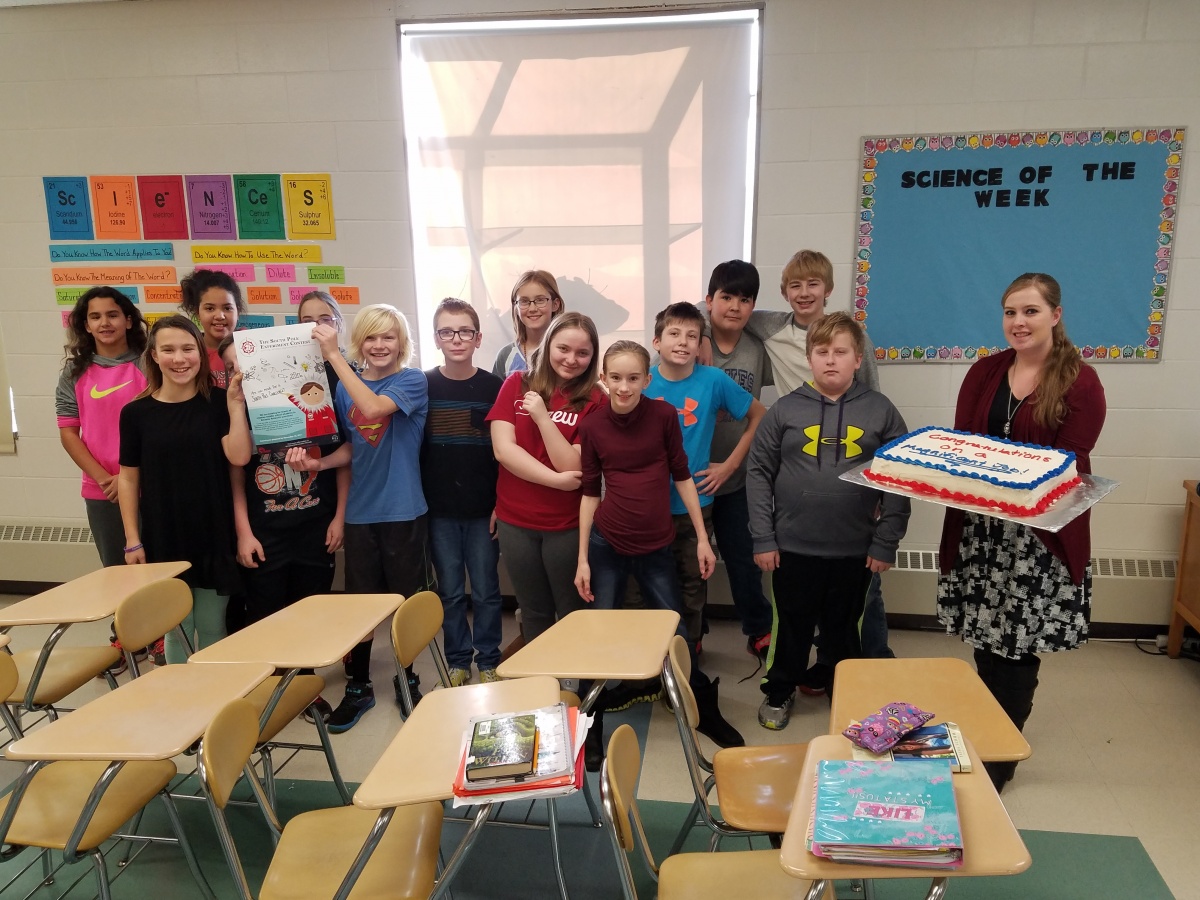 Équipe gagnante de South Pole Experiment de Ellsworth Middle School (Ellsworth, WI)
Équipe gagnante de South Pole Experiment de Ellsworth Middle School (Ellsworth, WI)
PolarTREC teacher, Lesley Anderson, performed the US experiment this past month at the South Pole. Just as the Ellsworth Middle School class had done, Anderson used 5-, 3-, and 1-gram iron and filings. However, some variables were changed in her execution of their experiment, such as the type of magnets and filings that were used. Also, because the filings were difficult to remove from the magnet when it was placed directly on them, the magnet was instead placed underneath a piece of paper. This suggestion was made by Ms. O'Shea's class after they had completed their experiment. Lesley's experimental set-up and some results are pictured below.
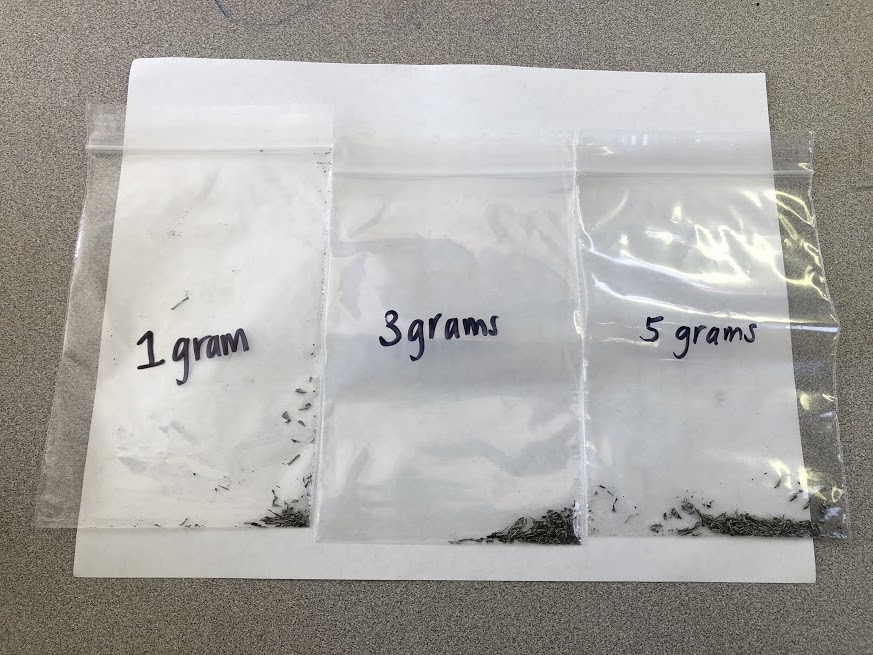
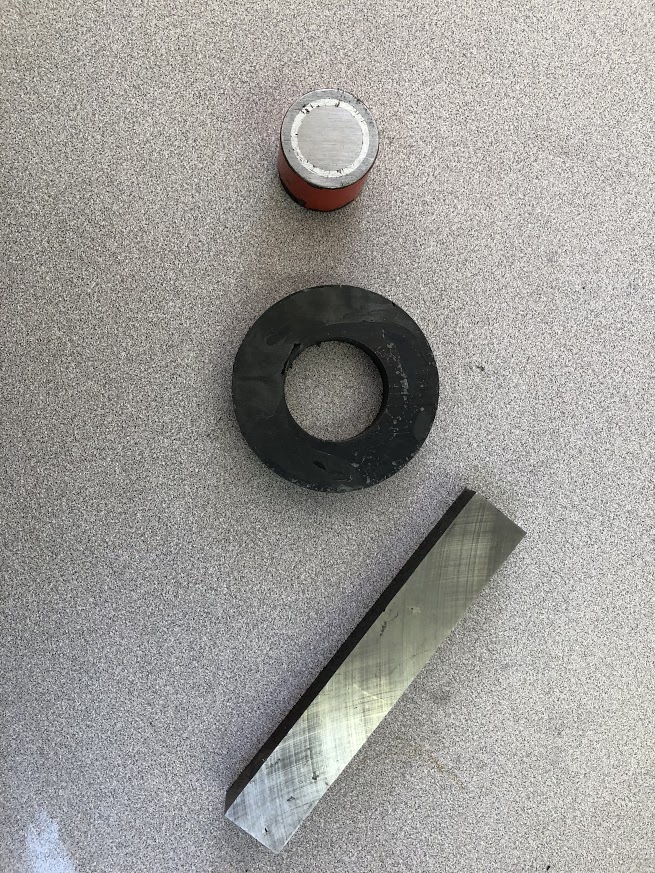
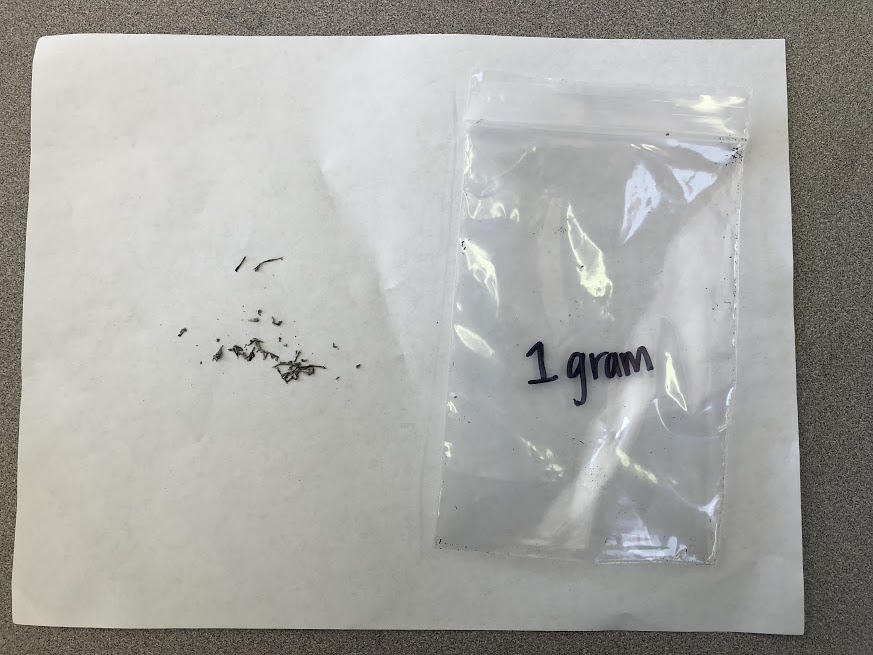
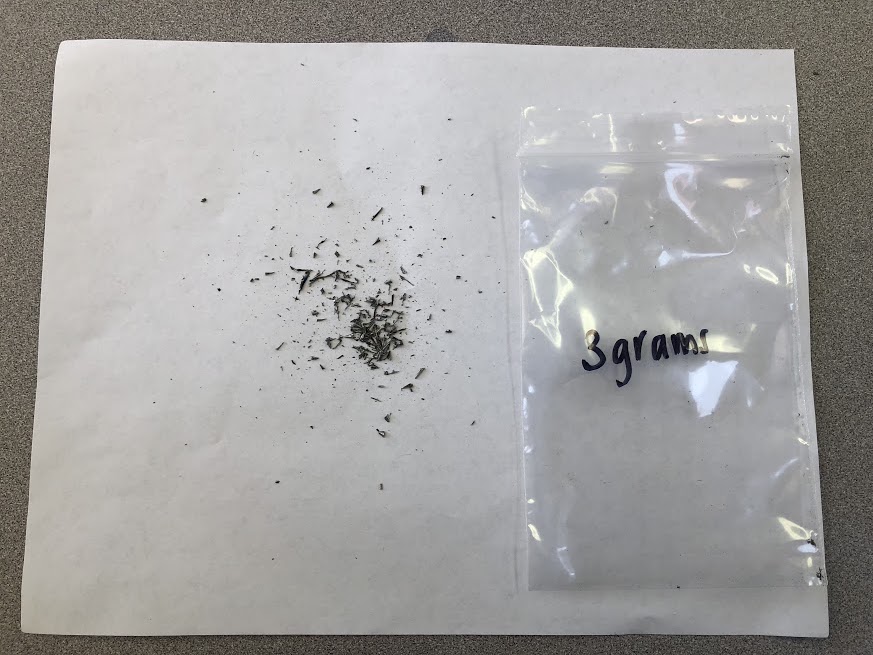
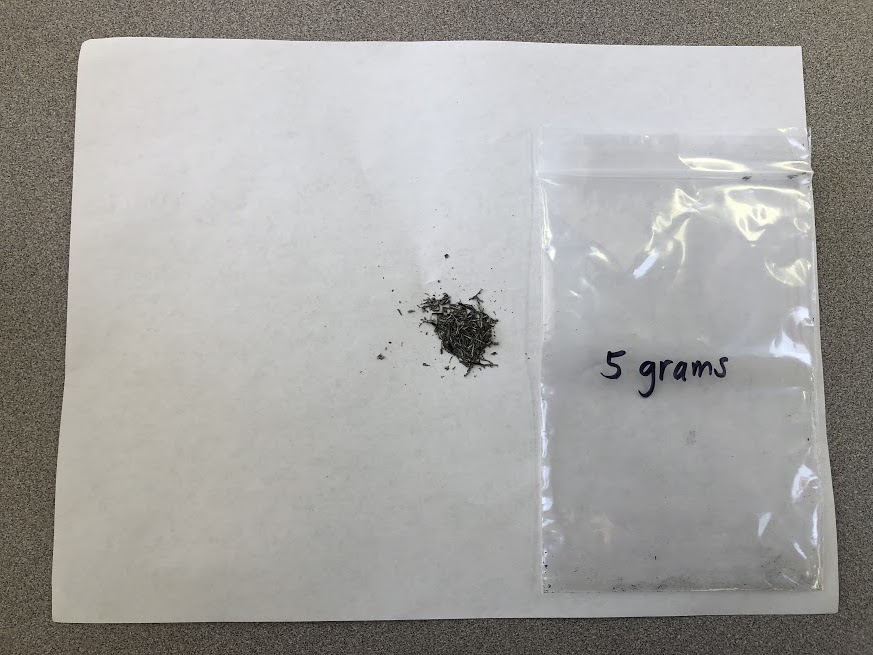
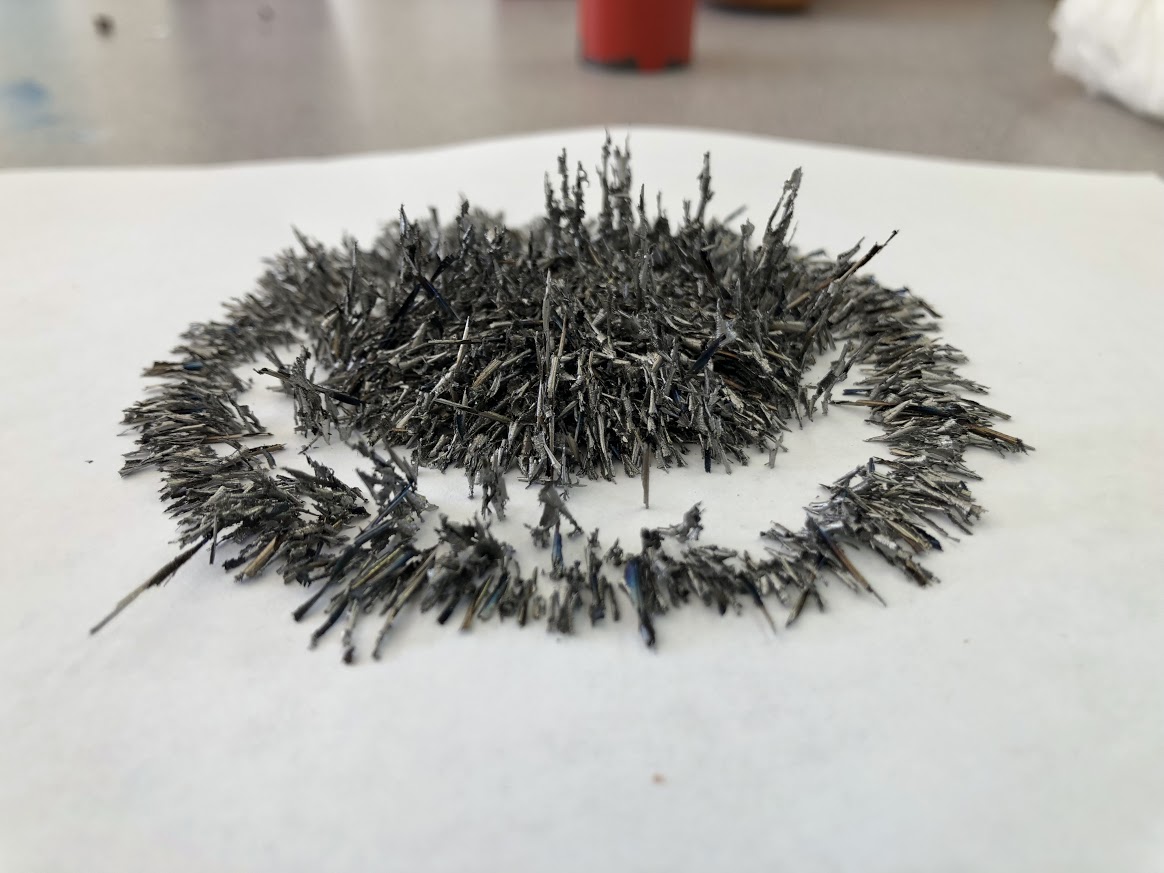
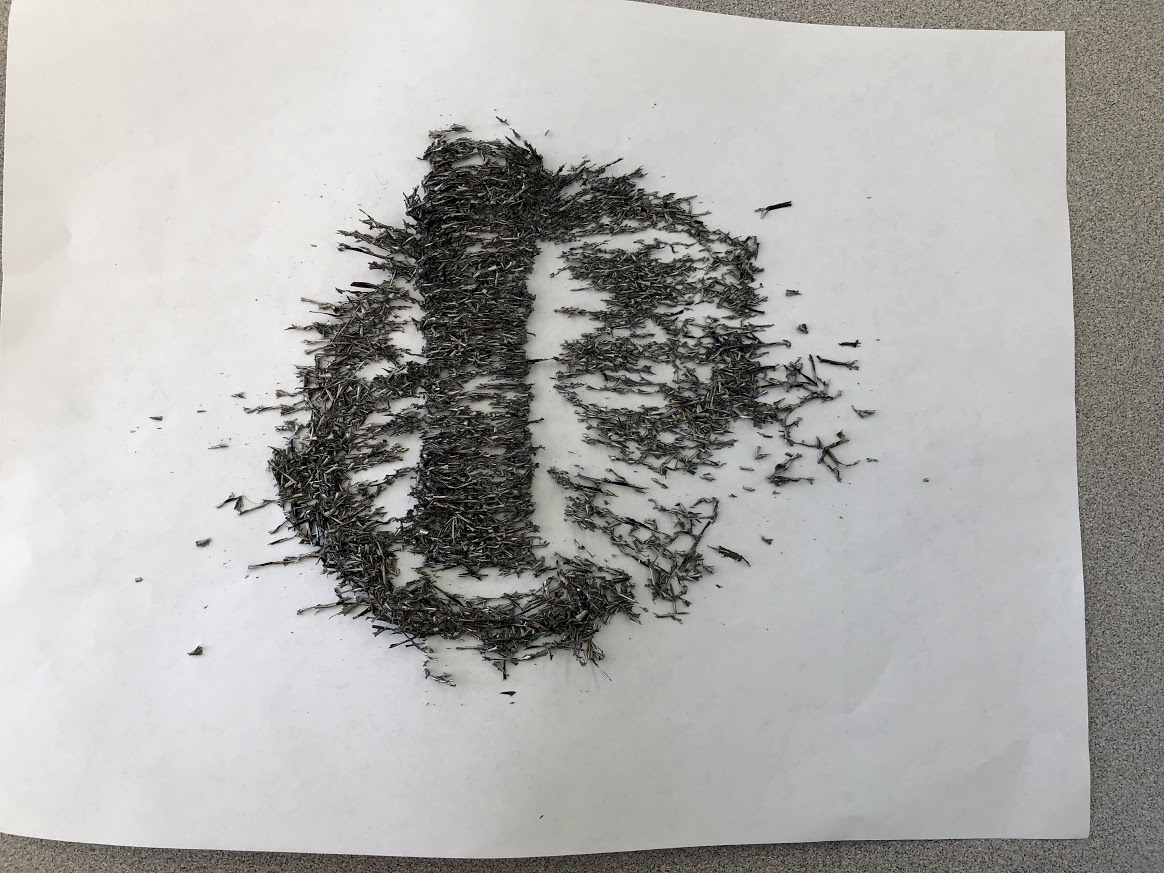
Nous partagerons plus d'images et de vidéos sur les expériences gagnantes et les équipes en 2018!
